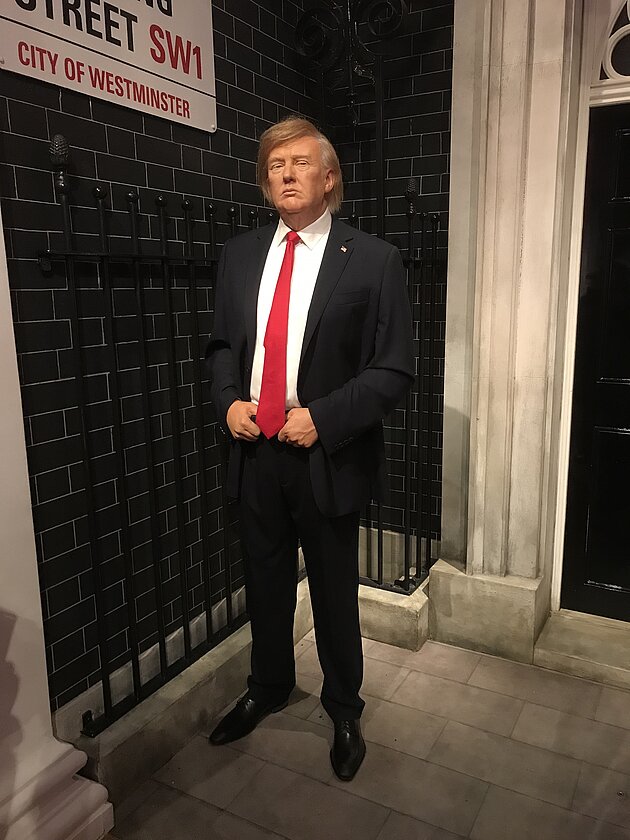Kayfabe Making, Kayfabe Breaking: Trump, Authenticity, and the Politics of Unmasking

Please note: This seminar had been postponed from the early summer 2025 until 2 September 2025, in order to generate additional interest.
The Beyond Truth and Lies project – an affiliate of At the End of the World funded by the LMK Foundation – will be hosting a seminar alongside CTR's Studies in Faith and World Views high seminar on 2 September 2025, 16:15–18:00 in LUX B417. At the seminar, Aaron James Goldman – a team member of Beyond Truth and Lies and At the End of the World, and a research fellow in philosophy of religion at CTR – will give a very short presentation on his research in progress, focusing on a draft document he will circulate approximately a week in advance to attendees. The remainder of the seminar will focus on feedback on the document and discussion about the topic. Attending via Zoom will not be an option.
After the seminar we will have a post-seminar at Lundabryggeriets ölkällare. Please email aaron.goldman [at] ctr.lu.se by 21 August 2025 if you are interested to attend the event and the post-seminar, so he can estimate attendance and distribute the paper draft to you via email.
Title: Kayfabe Making, Kayfabe Breaking: Trump, Authenticity, and the Politics of Unmasking
Abstract: In this seminar we will discuss a draft article by Aaron James Goldman, in which he proposes an explanation for Donald Trump’s political popularity that draws from political science, performance theory, and the study of religion. Goldman turns to historian of religions J. Z. Smith, political scientist David Moon, and media theorist Sharon Mazer to argue that Trump’s support was gathered in part as a result of his deft performance of kayfabe, a feature of some entertainment genres – most notably American professional wrestling, but also reality television and other spectacular performance – in which actors and audience mutually pretend to believe in the spontaneity and unscripted-ness of scripted performance. By engaging in tactics borrowed from his time with American professional wrestling, Trump completed a shift in the genre of televised American electoral politics from the kayfabe of reasoned debate to the kayfabe of spectacle. Much as in the case of the reenactment of mythic narratives in the performance of religious rituals in front of audiences, we must, following Smith and Moon, presume that Trump’s initial supporters were not simply tricked but instead were actively intellectually and emotionally engaged in his political performances, using them as occasions to interrogate the limits of their political situation. This process tapped into growing distrust in the US electoral system and highlighted a discrepancy between the performance of authenticity by establishment politicians and that of his own bombastic political style, appealing to one segment of the American public’s perceived disenfranchisement by established institutions by unmasking those institutions’ representatives on the stage of American electoral politics.
Photo credit: "Donald Trump at Madame Tussauds London," Schweiz41 (2019). https://commons.wikimedia.org/wiki/File:Donald_Trump_at_Madame_Tussauds_London_2019-07-17.jpg. Public domain.
